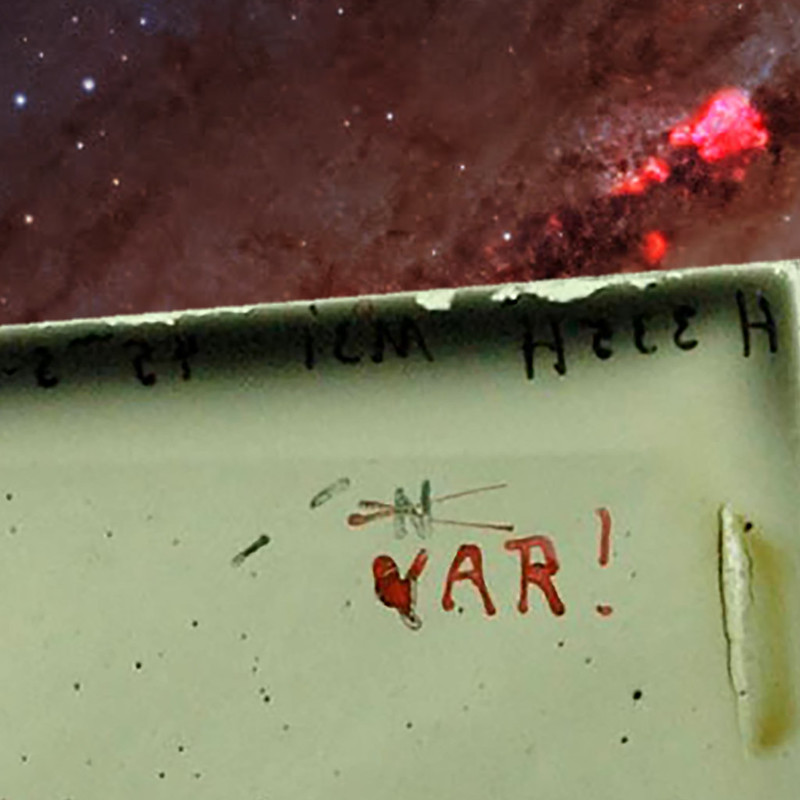Avalon wrote: ↑Thu Mar 23, 2023 2:27 am
I cannot see any bars in the structure of the Andromeda Galaxy. Is it a barred galaxy? Do we assume that there is a super massive black hole in the galactic center as is in the center of our Milky Way?
I could have sworn that Andromeda is an unbarred galaxy, because it has always been described that way when I have come across a written description of it. My own software, Guide, describes it as an unbarred galaxy of Hubble class Sb, not as a barred galaxy of Hubble class SBb.
But lo and behold, now some Chinese astronomers have found evidence that Andromeda is indeed barred!
AAS Nova wrote:
Even though the Andromeda Galaxy is among our nearest galactic neighbors, there’s still much about it that we don’t know. Since the 1950s, astronomers have debated whether Andromeda, similar to the Milky Way, hosts a central bar of stars. Discerning Andromeda’s structure is key to understanding how it formed and evolved, but its tilted orientation makes it difficult to do so from our vantage point. Now, a team led by Zi-Xuan Feng (Shanghai Astronomical Observatory and University of the Chinese Academy of Sciences) has presented new evidence that shows Andromeda is indeed a barred galaxy. The above image shows the new results superimposed atop observations from the Hubble Space Telescope and the Subaru and Mayall ground-based telescopes. The red and blue symbols indicate the locations of velocity jumps — shocks — identified in emission from oxygen and hydrogen gas. Using simulations, Feng and collaborators show that shocks of this type cannot form without a rotating bar of stars.
And Andromeda does indeed have a supermassive central black hole!
Wikipedia wrote:
The nucleus consists of two concentrations separated by 1.5 pc (4.9 ly). The brighter concentration, designated as P1, is offset from the center of the galaxy. The dimmer concentration, P2, falls at the true center of the galaxy and contains a black hole measured at 3–5 × 10
7 M
☉ in 1993, and at 1.1–2.3 × 10
8 M
☉ in 2005.
So the mass of the black hole of Andromeda was measured to be 30-50 million solar masses in 1993, and it was measured to be 110-230 million solar masses in 2005. In either case, the black hole of Andromeda is a lot more massive than the black hole of the Milky Way, which is some 4 million solar masses.
Ann
 M31: The Andromeda Galaxy
M31: The Andromeda Galaxy



